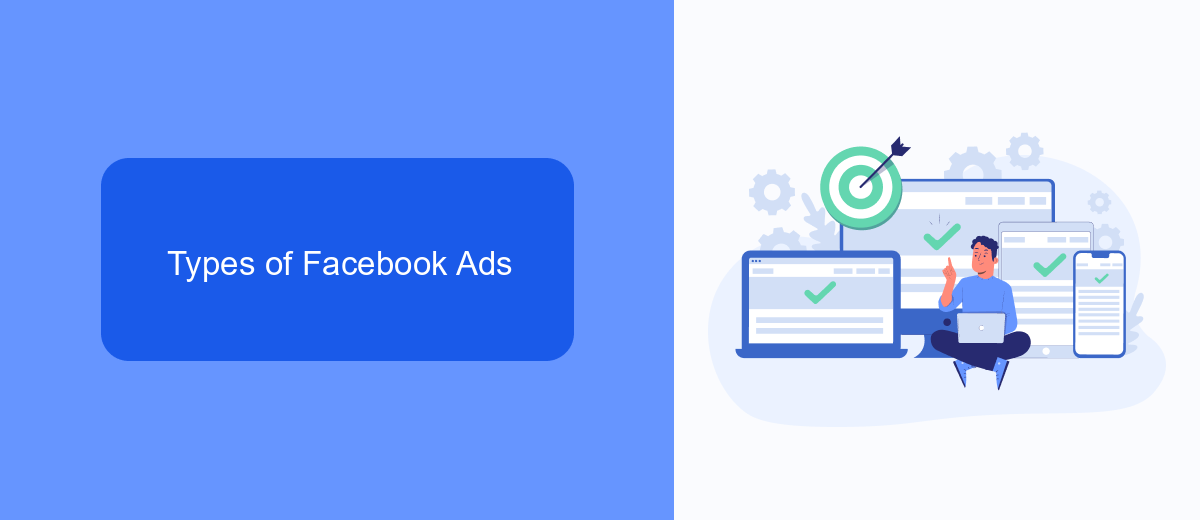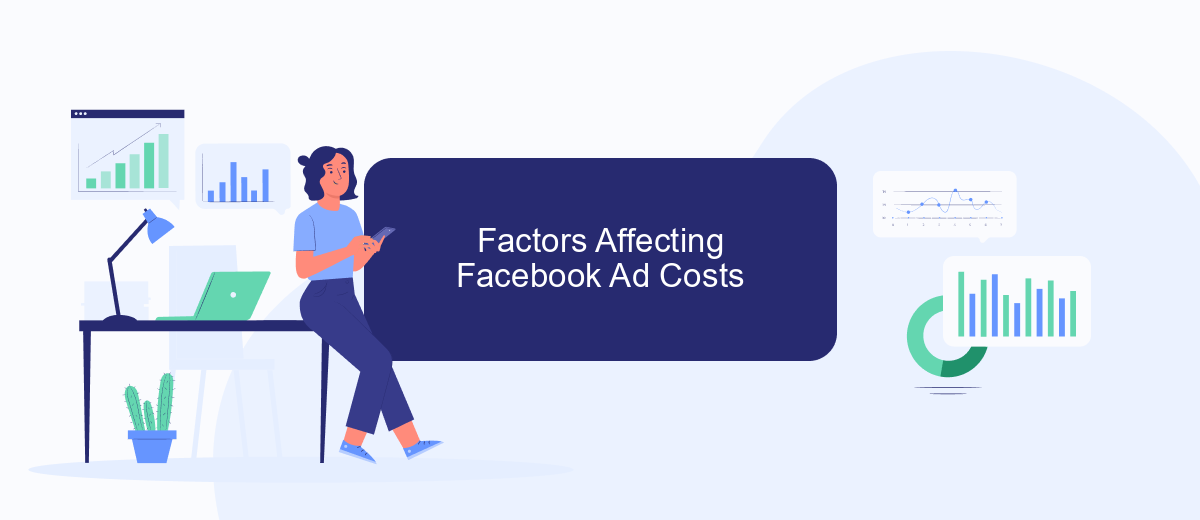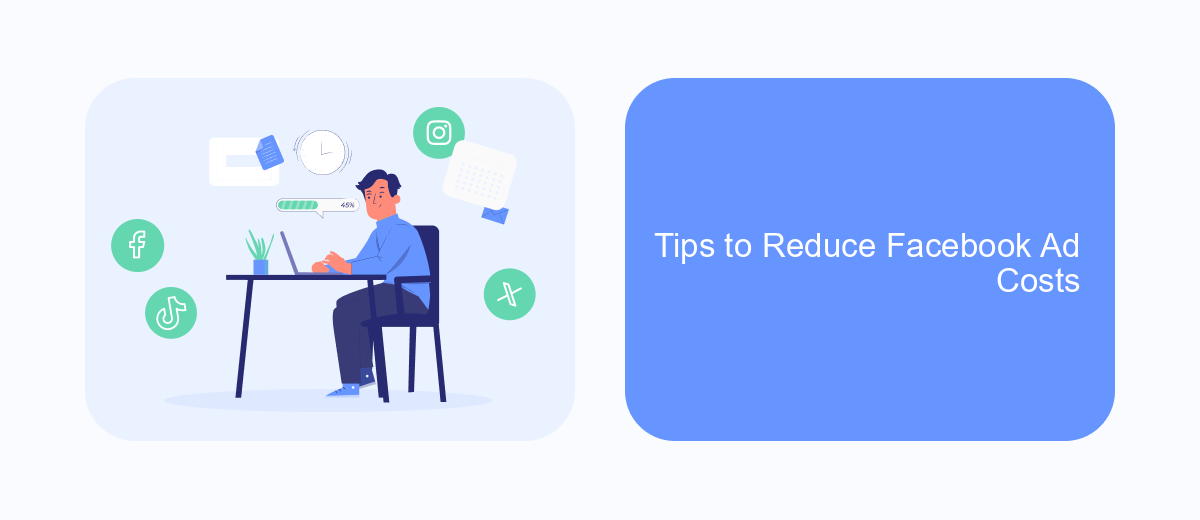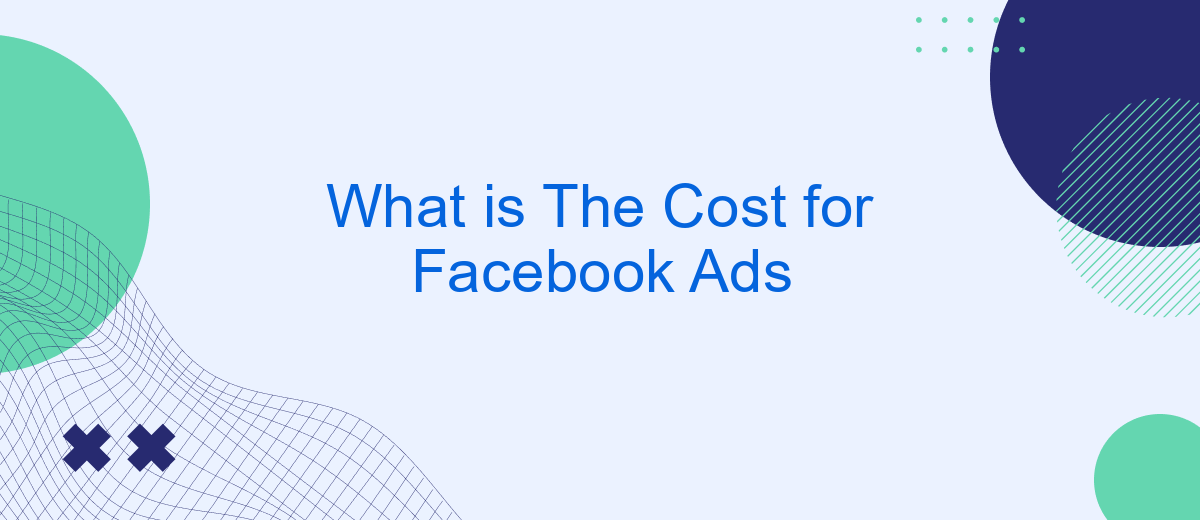When considering advertising on Facebook, understanding the costs involved is crucial for effective budget planning. Facebook Ads offer a range of pricing models and targeting options that can fit various marketing goals. This article delves into the factors that influence the cost of Facebook Ads, helping you to make informed decisions and optimize your advertising strategy.
Cost of Facebook Ads
The cost of Facebook Ads can vary significantly based on several factors, including your target audience, ad placement, and campaign objectives. Understanding these factors can help you optimize your budget and achieve better results.
- Target Audience: The more specific your audience, the higher the cost. Niche markets often require more investment.
- Ad Placement: Costs differ between placements such as Facebook News Feed, Instagram, and Audience Network.
- Campaign Objectives: Goals like brand awareness, lead generation, or conversion will impact the cost.
To maximize your ad spend, consider using tools like SaveMyLeads, which assist in automating and optimizing your Facebook Ads integration. This service can help streamline your marketing efforts, ensuring that your budget is used efficiently and effectively.
Types of Facebook Ads

Facebook offers a variety of ad types to cater to different marketing goals and audience preferences. One popular option is the image ad, which uses a single compelling image to attract attention and drive engagement. Video ads are another effective format, capturing the audience's interest with dynamic content. Carousel ads allow advertisers to display multiple images or videos in a single ad, providing a more interactive experience. Collection ads combine images and videos to showcase products, making it easier for users to browse and purchase directly from the ad.
In addition to these formats, Facebook also offers lead ads, which are designed to collect user information directly within the platform. This is particularly useful for businesses looking to generate leads without requiring users to leave Facebook. To streamline the process of managing and integrating these leads, services like SaveMyLeads can be utilized. SaveMyLeads helps automate the transfer of lead data from Facebook to various CRM systems, email marketing tools, and other applications, ensuring a seamless and efficient workflow.
Factors Affecting Facebook Ad Costs

Understanding the factors that affect the cost of Facebook ads is crucial for optimizing your advertising budget and maximizing ROI. Various elements can influence how much you end up paying for your ads, and being aware of these can help you make more informed decisions.
- Target Audience: The more specific and competitive your target audience, the higher the cost.
- Ad Placement: Costs can vary depending on whether your ad appears in the news feed, stories, or the right-hand column.
- Ad Quality and Relevance: Facebook rewards high-quality, relevant ads with lower costs.
- Budget and Bidding: Your daily or lifetime budget and bidding strategy can significantly impact costs.
- Seasonality: Costs can fluctuate based on the time of year, with peak seasons generally being more expensive.
- Industry: Some industries are inherently more competitive, leading to higher costs.
- Campaign Objective: Different objectives, such as conversions or brand awareness, come with varying costs.
For businesses looking to streamline their Facebook ad campaigns, integrating tools like SaveMyLeads can offer significant advantages. SaveMyLeads automates lead data transfers, ensuring you don't miss out on potential customers and allowing you to focus more on optimizing your ad spend. By leveraging such integrations, you can enhance the efficiency and effectiveness of your Facebook advertising efforts.
Tips to Reduce Facebook Ad Costs

Reducing the cost of Facebook ads can significantly improve the return on investment for your marketing campaigns. One effective strategy is to continuously monitor and adjust your ad performance, focusing on metrics such as click-through rates (CTR) and conversion rates.
Another crucial aspect is targeting the right audience. By narrowing down your target demographics, interests, and behaviors, you can ensure that your ads are shown to users who are most likely to engage with them. This targeted approach can help lower your overall ad costs.
- Use A/B testing to identify the most effective ad creatives and copy.
- Leverage retargeting to reach users who have previously interacted with your brand.
- Optimize your ad placements to focus on high-performing platforms.
- Integrate automation tools like SaveMyLeads to streamline your ad management and improve efficiency.
By implementing these tips, you can make your Facebook ad campaigns more cost-effective and achieve better results. Regular optimization and the use of advanced tools can make a significant difference in your advertising strategy.
Alternatives to Facebook Ads
While Facebook Ads can be a powerful tool for reaching your target audience, there are several alternatives that can complement or even replace your advertising strategy. Google Ads, for instance, offers extensive reach through search and display networks, allowing you to target users based on their search behavior. Additionally, platforms like LinkedIn Ads are particularly effective for B2B marketing, offering precise targeting options based on professional demographics.
Another viable alternative is using integrations and automation tools to streamline your marketing efforts. Services like SaveMyLeads can help you automate lead generation by connecting your Facebook Ads to various CRM systems, email marketing platforms, and other tools. This not only saves time but also ensures that your leads are efficiently managed and nurtured. By exploring these alternatives, you can diversify your marketing strategy and potentially achieve better results.
FAQ
What is the average cost per click (CPC) for Facebook Ads?
How much should I budget for Facebook Ads per month?
What factors influence the cost of Facebook Ads?
How can I reduce the cost of my Facebook Ads?
Can I automate and integrate my Facebook Ads data with other tools?
SaveMyLeads is a simple and effective service that will help you automate routine tasks and optimize business processes. Stop wasting time uploading leads from Facebook manually – you can do it automatically, saving a lot of time and money. Eliminate routine from workflows and achieve more with minimal investment of money, effort and human resources.
